Learn to read Spanish

Category:Educational Developer:Educaplanet S.L.
Size:65.1 MBRate:3.1
OS:Android 5.0+Updated:Apr 20,2025

 Download
Download  Application Description
Application Description
Learning to read Spanish and mastering the alphabet are crucial skills that lay the foundation for a child's educational journey and future success. These skills are vital during the preschool and early elementary years, as they underpin nearly all academic and professional endeavors in adulthood.
Children today are digital natives, naturally drawn to computers and tablets. We can leverage this affinity to enhance or reinforce what they are learning in school.
Method
Our phonics-based method for learning to read Spanish is tailored for children aged 3 to 6 or 7, and even adults seeking to improve their pronunciation. The program is structured into a section dedicated to tracing letters and comprises 30 lessons. These lessons begin with vowels and progress through consonants and digraphs in the following order: L, M, S, T, P, N, D, F, H, C, Q, CH, G, GUE, R, -rr-, B, V, J, GE, GUE, Y, Z, CE, LL, X, K.
Each lesson features 11 engaging games, available at two distinct difficulty levels, making it an ideal tool for parents and teachers to help children practice and master their first syllables and words in Spanish. Encourage the child to listen and engage with the exercises, understanding that it's not necessary to comprehend everything immediately.
Learning to read is a gradual process that may extend over a year or more. We recommend daily practice sessions of a few minutes, periodically revisiting previously learned material, and continuously adapting the exercises to the child's level. It's crucial that the learning process feels like a game to maintain engagement and enjoyment.
Levels
Each game within our program offers two difficulty levels, which can be adjusted at any time to suit the child's pace. Progress can be paused and resumed as needed. As children successfully complete games, they earn fruits as rewards.
The first level is designed for children as young as three, or even younger with assistance from parents or educators. At this stage, children can solve games with the help of instructions. The second level presents more complex challenges, encouraging children to work independently while ensuring that learning remains fun.
As parents or guardians, it's essential to set the difficulty level according to the child's abilities without pressuring them to rush through or complete levels prematurely.
Abilities
Our program enhances the following key skills:
- Visual and auditory memorization
- Identification and association
- Discrimination
- Understanding
- Literacy
Options
On the home screen, users can:
- Enable or disable background music
- Choose to play in full screen
Within the Tikis menus, users have additional options:
- Change the font to uppercase, lowercase, or cursive handwriting
- Enable or disable automatic activity switching after a set number of exercises
- Shuffle syllables to keep the learning experience fresh
Achievements
Our program allows the creation of up to three profiles (avatars) for different children. For each profile, you can monitor progress across levels, track correct and incorrect answers, and view achievements as a percentage, represented visually through fruits.
Fruits serve as a fun motivational tool, encouraging children to keep playing. When fruits accumulate in the basket, children can click on it to feed the little aliens.
For a detailed overview of a child's progress, press the reports button on the Tikis screen.
Games
NEW THE ALPHABET:
Children can listen and learn to write each letter of the alphabet, syllables, and some words in various modes: trace, copy, and free mode. They can choose between three types of letters: uppercase, lowercase, and handwriting.
For each lesson, 11 engaging games are available:
- Dolphin: Introduction to the word and its components.
- Balloons: Identifying letters within syllables.
- Clouds: Tracing the shape of each syllable.
- Crabs: Constructing syllables from letters.
- Butterflies: Recognizing syllables.
- Bees: Identifying the initial syllable of words.
- Snake: Forming words using syllables.
- Monkeys: Building words from letters.
- Parrots: Recognizing and reading words.
- Mouse: Understanding word order and reading sentences.
- Snails: Creating sentences from words.
Send your feedback or technical queries to: [email protected]
 Screenshot
Screenshot
 Reviews
Post Comments+
Reviews
Post Comments+
 Latest Games
MORE+
Latest Games
MORE+
-
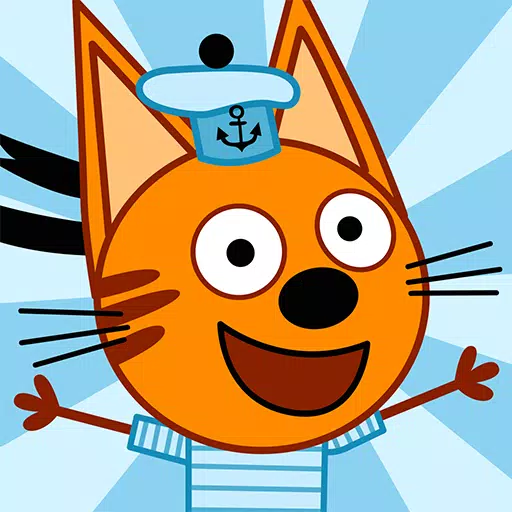 Kid-E-Cats: Games for Children
Kid-E-Cats: Games for Children
Educational 丨 169.6 MB
 Download
Download
-
 Puzzle Kids: Jigsaw Puzzles
Puzzle Kids: Jigsaw Puzzles
Educational 丨 54.5 MB
 Download
Download
-
 Girl Games: Unicorn Cooking
Girl Games: Unicorn Cooking
Educational 丨 125.2 MB
 Download
Download
-
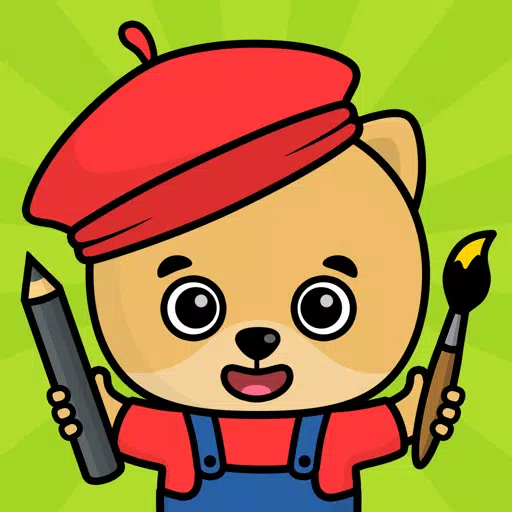 Kids Coloring & Drawing Games
Kids Coloring & Drawing Games
Educational 丨 172.3 MB
 Download
Download
-
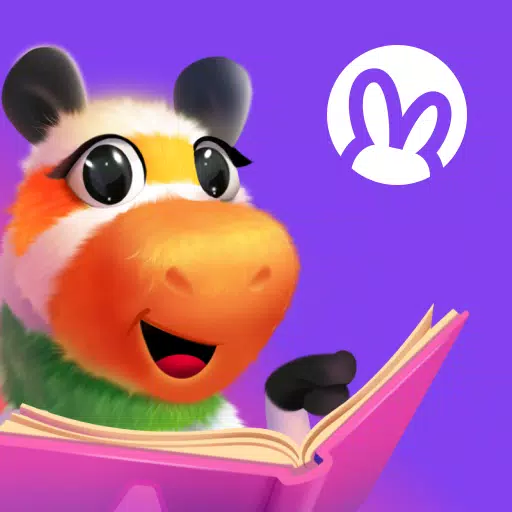 Zebrainy - abc kids games
Zebrainy - abc kids games
Educational 丨 576.7 MB
 Download
Download
-
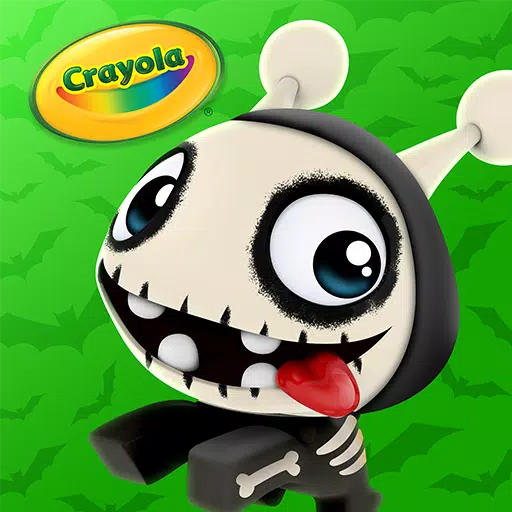 Crayola Create & Play
Crayola Create & Play
Educational 丨 1.7 GB
 Download
Download
 Similar recommendations
MORE+
Similar recommendations
MORE+
 Top News
MORE+
Top News
MORE+
 Topics
MORE+
Topics
MORE+
 Trending Games
MORE+
Trending Games
MORE+
-
1

Go Baduk Weiqi Pro90.00M
Introducing Go Baduk Weiqi Pro GAME, the Ultimate Baduk AppGet ready to experience the world of Baduk like never before with Go Baduk Weiqi Pro GAME, the ultimate app for all Baduk enthusiasts! This app is designed to provide a comfortable and immersive gaming experience, no matter your skill level.
-
2

RPG Heirs of the Kings121.00M
"RPG Heirs of the Kings" is an exciting mobile RPG where you join Laura, a girl with no memory, and Grant, a young man determined to protect her. As they embark on a journey to uncover the mysteries surrounding Laura's past, you can strengthen their abilities with unique Soul Maps for each character
-
3
![Cockham Superheroes – New Version 0.5.2 [EpicLust]](https://images.5534.cc/uploads/36/1719595948667ef3acb2d9e.jpg)
Cockham Superheroes – New Version 0.5.2 [EpicLust]1480.00M
Embark on an extraordinary adventure in Cockham Superheroes, the thrilling new game version that plunges you into a dark and twisted world. As a young, formidable superhero with incredible powers, your mission is to fight against the forces of evil that plague the city and bring justice to the notor
-
4

Spider Fight 3D: Fighter Game89.00M
SpiderFight3D: Unleash Your Inner SuperheroGet ready for an adrenaline-pumping adventure in SpiderFight3D, a superhero fighting game that puts you in the shoes of a spider fighter rope hero. As a fan of Spider Rope hero games, you'll be thrilled by the opportunity to become the ultimate fighter in t
-
5

Geometry Dash Breeze47.97M
Geometry Dash Breeze is a dynamic 2D running music platformer with captivating levels and challenges, developed in 2013 by Robotop Games. Players navigate through levels by jumping and flying, and can even create custom levels. The game’s addictive nature and unique features make it a global sensati
-
6

Monster Kart144.03M
Get ready for the ultimate racing challenge! Welcome to Monster Kart, the addictive racing game with a beautiful 3D world and a character creation system that will keep you hooked for hours on end. In this game, you'll conquer exciting races and compete for glory against other skilled racers. Swipe

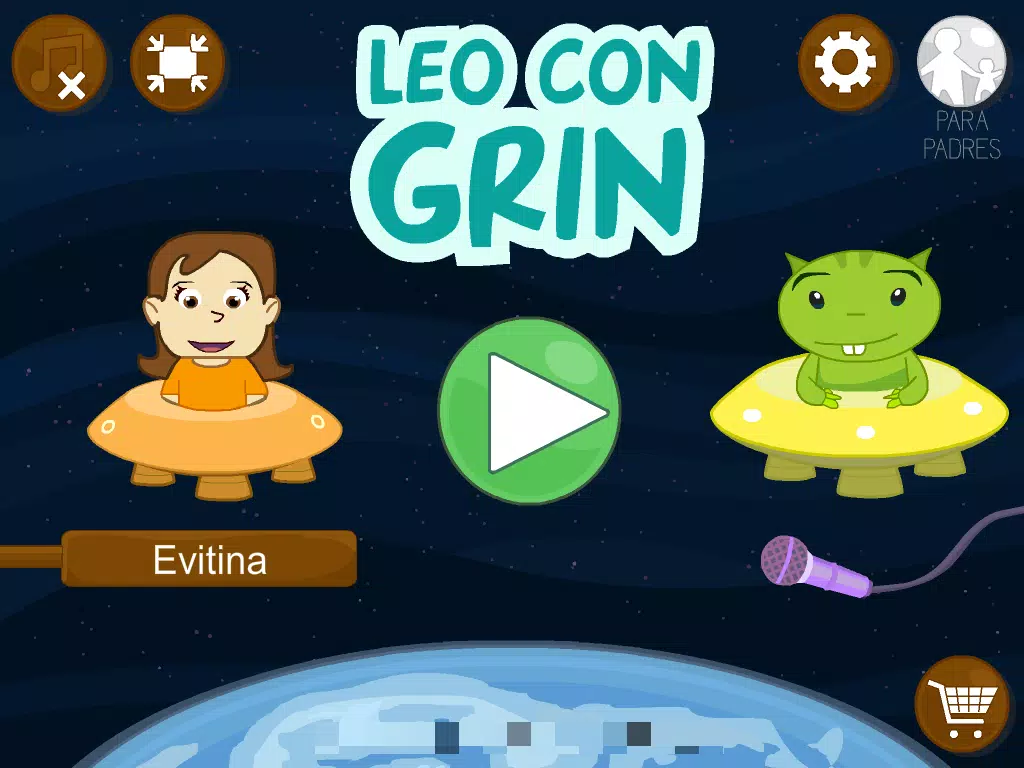
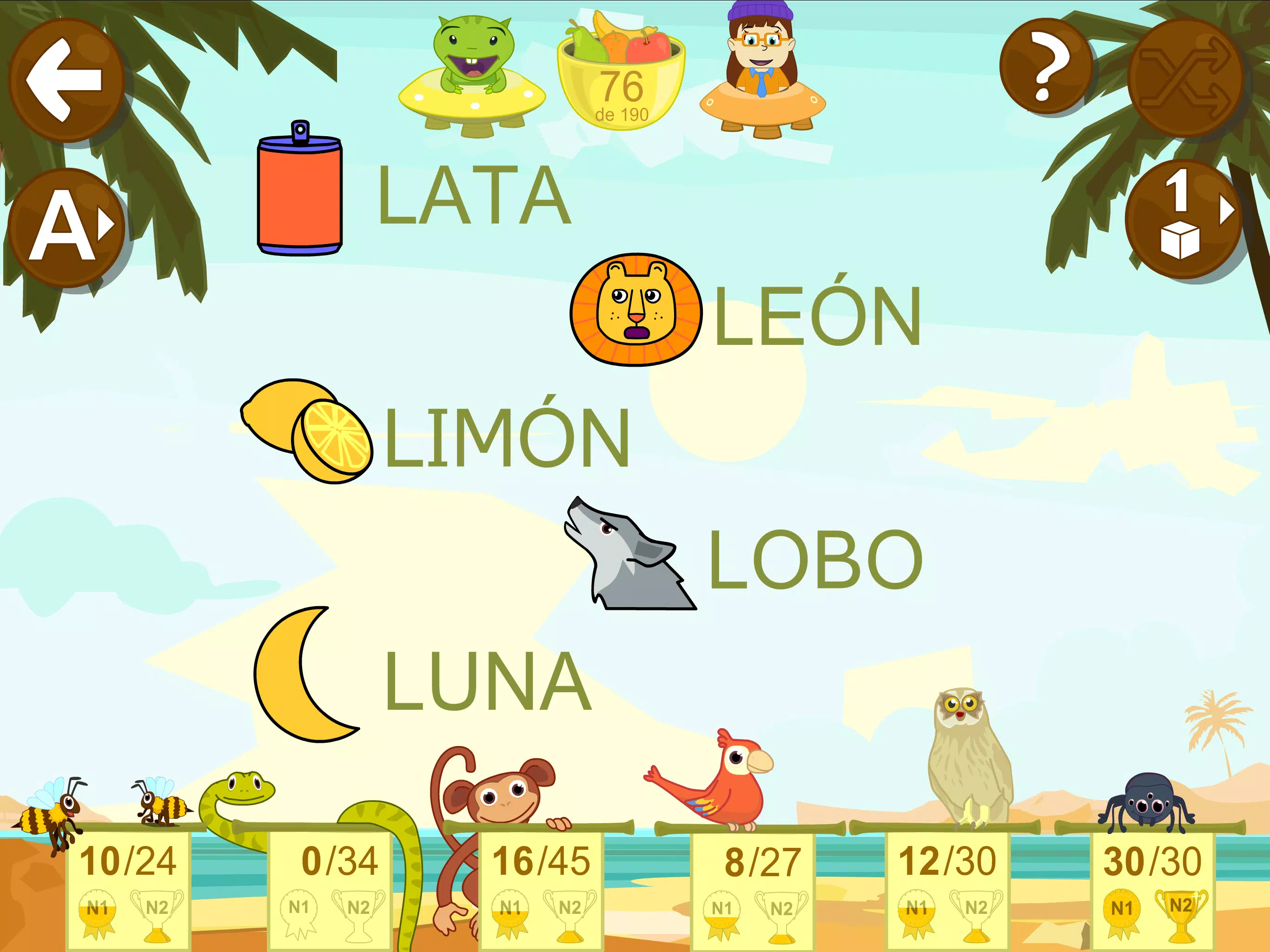
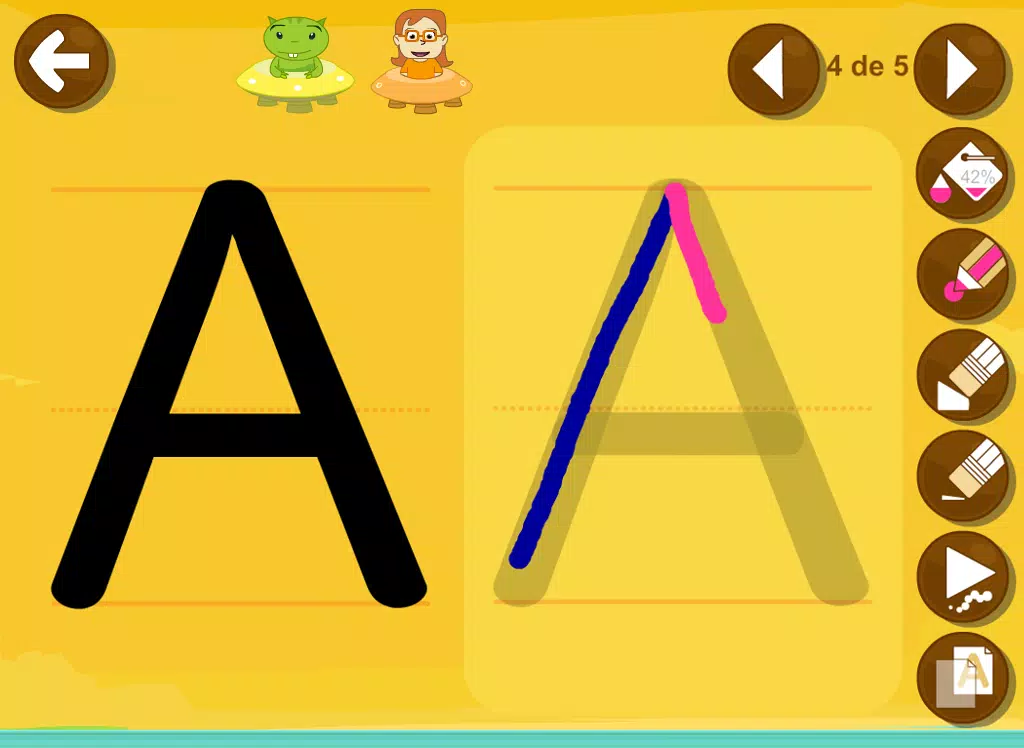
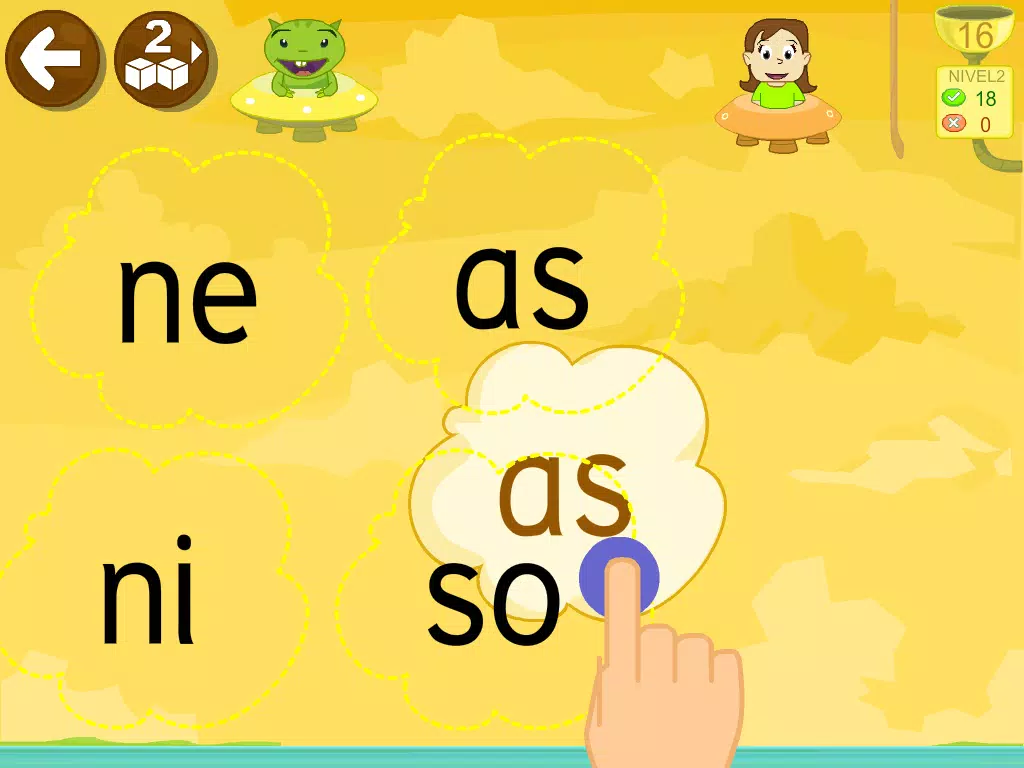



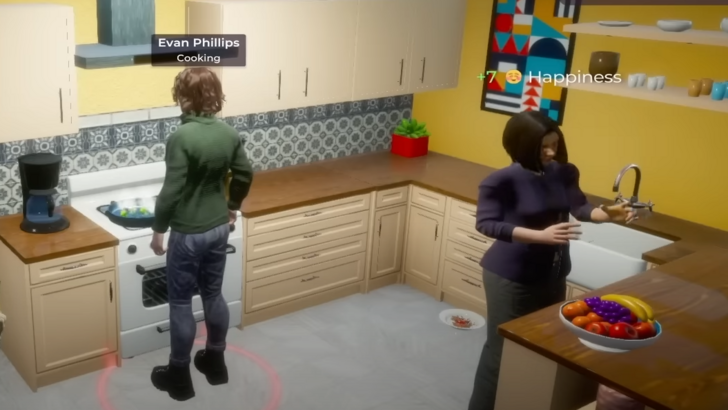

64.4 MB
Download68.1 MB
Download5.5 MB
Download132.1 MB
Download27.9 MB
Download125.9 MB
Download